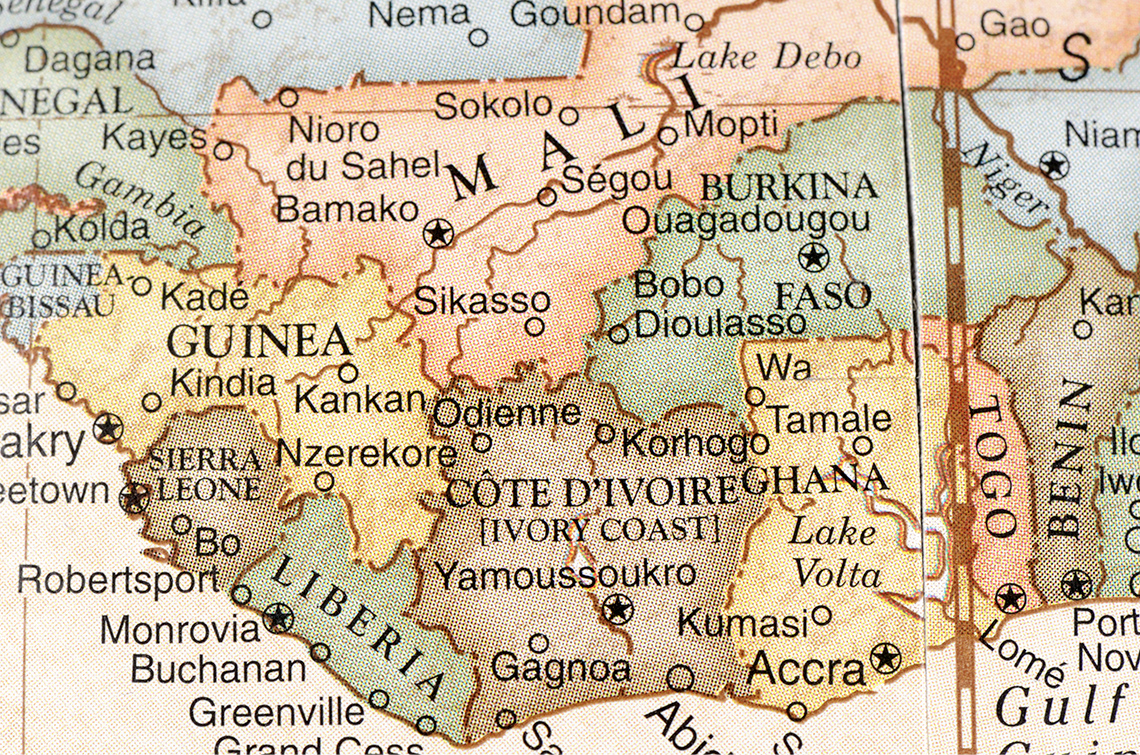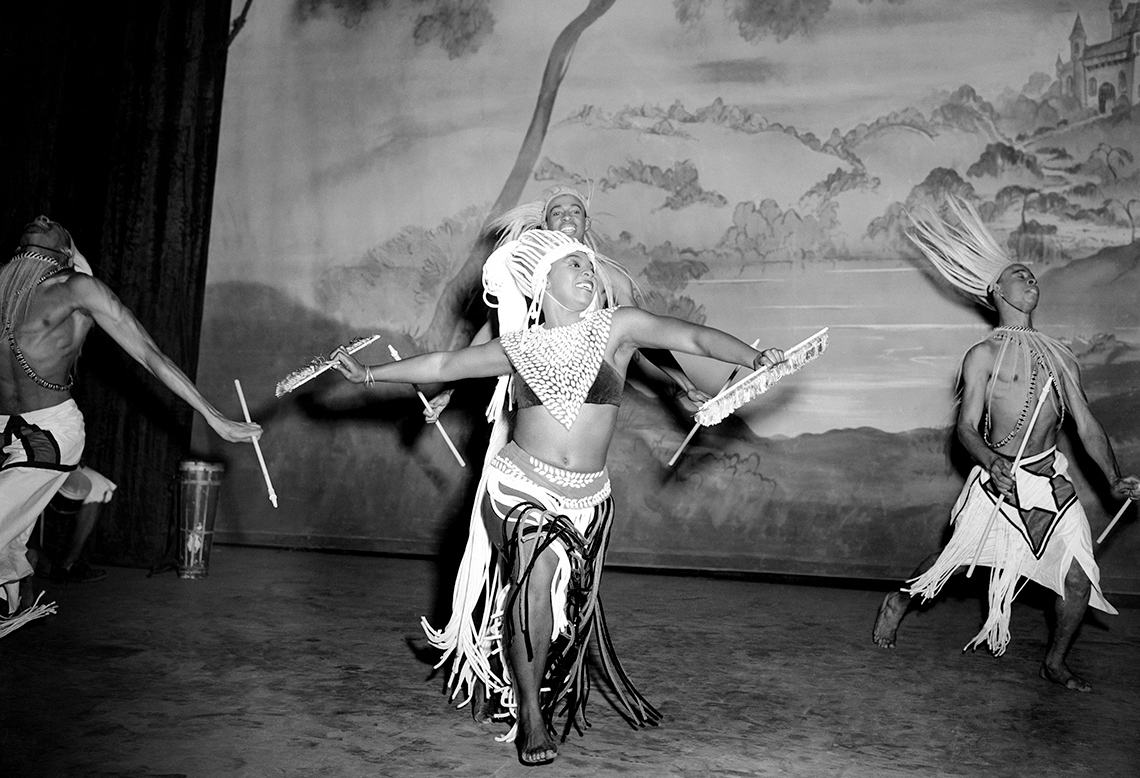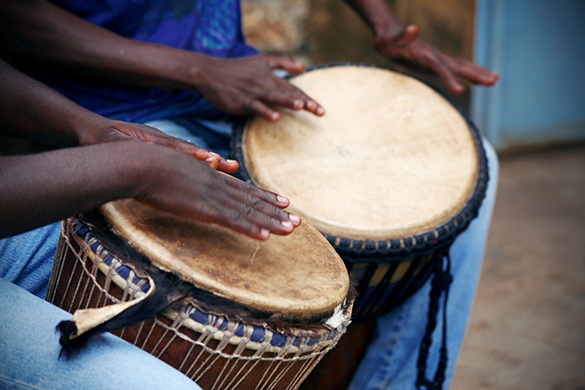Minds On
Today’s vocabulary
Press the following tabs to access today’s vocabulary.
Let’s get started
What’s the purpose?
Music comes in many diverse forms and it can also be created to serve a wide variety of purposes. For example, some types of music are specifically made for events such as weddings and ceremonies, whereas others might be created for the soundtrack of an action movie–the list could go on!
Keeping the idea of “purpose” in mind, explore the following video entitled “Fanga Alafia”.
How do you feel after exploring the video?
What might the purpose of this song be?
Record your thoughts using a method of your choice.
Action
Get ready, get set…
Fanga Alafia – A complex history
The video you just observed is musician Nana Malaya’s 2013 performance of “Fanga Alafia” - a song and dance that developed among African-American theatrical dance communities in the early-mid 20th century. The lyrics and performance style of “Fanga Alafia” (sometimes spelled “Funga”) are believed to be influenced by early cultural traditions from Western Africa, but any exact origins are unclear.

North American performances of a dance known as "fanga”, which is believed to have roots in traditional Liberian culture, became popular in the late 1930s and 1940s in the United States by the Sierra Leonian-American drummer and choreographer Asadata Dafora. His travelling dance company included the celebrated Trinidadian-American performer Pearl Primus. Pearl Primus is well-known for her adaptations of the “fanga” performance style and sharing it with audiences around the world.

Pearl Primus rehearses with other dancers on stage at the Princes Theatre in London, England in 1951.
The lyrics and melody are said to have been developed in the 1960s by African-American dancer and music educator LaRocque Bey, who adapted Yoruba-language words of welcome and a plantation song melody to accompany the “fanga” while teaching it to his dance students in New York City.
Credit for the lyrics is more commonly given to famous Nigerian-American drummer and social activist Babatunde Olatunji, who composed and performed his own version of “Fanga Alafia” in the 1950s and is credited with giving it the label of a “welcome song”.

Two teachers discussing. The first teacher says: “Wow, that’s quite the history! So, just to simplify, could teachers describe Fanga Alafia as a “traditional African welcome song”?” The second teacher responds: “Not quite, Teacher A. Even though we can identify influences from certain traditional cultures across the western part of the African continent, the song and performance of “Fanga Alafia” as we experience it today was mostly developed in the United States!”
Pause and reflect
Being responsible with cultural histories
While the origins of the Fanga Alafia are connected to Western Africa, it would be inaccurate and irresponsible to simply label the song as “African”. The song’s origins can be traced to both Western Africa and to the diverse individual musicians and performers who contributed to the “Fanga Alafia” we experience today. But that doesn’t mean we can’t explore “Fanga Alafia” for its musical features and special purpose as a welcome song. It is also an opportunity to learn more about the true, complex history of this unique song and dance.

Music that has the purpose of being inviting or “welcoming” is created and performed in a way that is meant to make the audience feel happy, secure and optimistic. The type and number of instruments that are used can have an impact, and even the physical style of performance can contribute to making the audience feel engaged and personally a part of the experience.
Examine the video performance of Fanga Alafia again that was introduced in Minds On. Consider the ways that movement, instruments, and voices are combined to create a certain mood or positive energy for the audience.
How do these features build a mood?
Consider the following questions in relation to the performance, and record your thoughts using a method of your choice:
What kind of instruments did you notice? What is the tempo like? How might you describe the vocals?
Press ‘Response’ to access one possible answer.
Vocabulary hints
Tempo refers to the speed of a piece. Some common tempo indications are: allegro (quickly and in a lively way), moderato (at a moderate speed), andante (somewhat slowly, at a walking pace), largo (slowly), adagio (slowly and gracefully), and vivace (briskly, quickly, brightly).
Vocals refers to a sequence of sounds (pitches) and silences. Melodies can be thought of as movement in sound by repetition of a pitch, by step, and by skip, or as movement by a series of intervals (unison, step, skip, leap).
How might you describe the “energy” of this performance?
Press ‘Response’ to access one possible answer.
Go!
What’s the mood?

We’ve noticed how welcome songs can use features like dance steps, gestures, tempo, and instruments to really energize and inspire their audience to actively participate in the music. In turn, these kinds of features shape the overall mood of a piece of music, which refers to how we feel when we experience the music.
What does it mean when music is described as have energy and mood?

Two teachers discussing. The first teacher shares: “In order to better understand energy and mood in music, it might help to compare a song like “Fanga Alafia” to lullabies. A lullaby is a song to call a child to sleep. So, unlike welcome songs, lullabies feature a slower tempo, soft instrumentals, and quieter vocals to calm down the listener to the point of falling asleep. The energy level is low, and the mood is sleepy and calming.” The second teacher responds: “Ah, okay! One will get you moving, the other should put you to sleep!”
Complete the Fanga Alafia Response in your notebook or using the following fillable and printable document. If you would like, you can use speech-to-text or audio recording tools to record your thoughts.
|
Reflect on the “Fanga Alafia”. What might be the purpose of this piece? What type of mood is inspired by this performance?
|
Press the ‘Activity’ button to access Fanga Alafia Response.
Consolidation
Reflecting on our process

Learning is always a process! As we gather new information about a certain topic, it not only makes us more informed, but it also can shape the way we personally feel about that topic.
Let’s think of the steps we followed in our investigation of “Fanga Alafia”:
It’s time to consider how your thinking has changed since the first time you experienced the performance of “Fanga Alafia”. Recording your thoughts using a method of your choice, use the following questions to guide your response:
- How does exploring the different features of “welcome songs” change my very first impressions of the Fanga Alafia performance?
- Why does knowing the historical origin of certain music make us better music reviewers?
Reflection
As you read through these descriptions, which sentence best describes how you are feeling about your understanding of this learning activity? Press the button that is beside this sentence.
I feel…
Now, record your ideas using a voice recorder, speech-to-text, or writing tool.